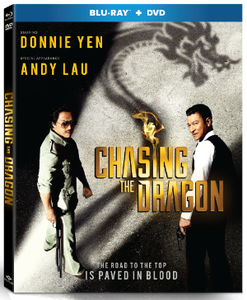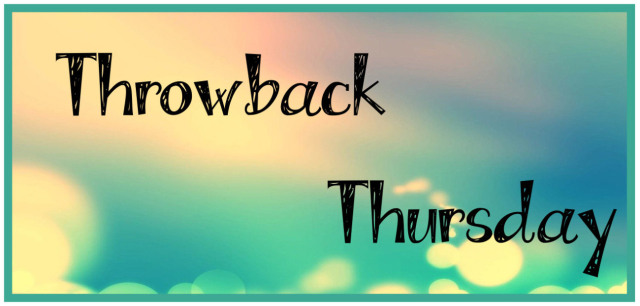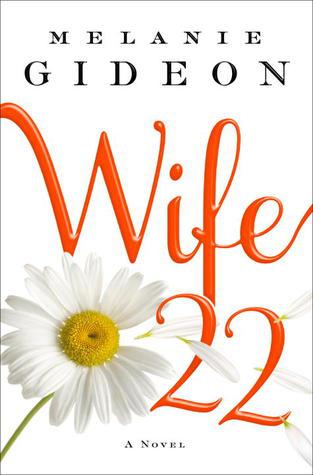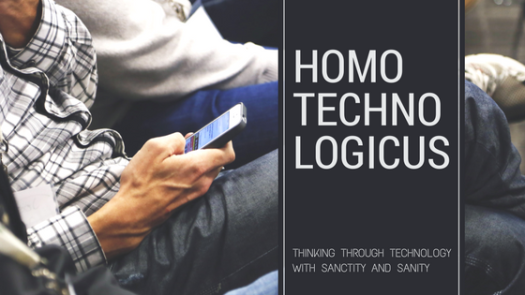Download links for: Class Warfare: Inside the Fight to Fix America's Schools


Reviews (see all)
Write review
An interesting synopsis of the changes and the reformers at work in America's K12 education systems.
Misses the mark a little bit. Pits the smarties v. The idiots a little to starkly.
Engaging for 9/10, then frustrating and disconnected in the last 1/10...
Excellent, Informative Book
i think -very good book!
Other books by Nonfiction
Related articles












